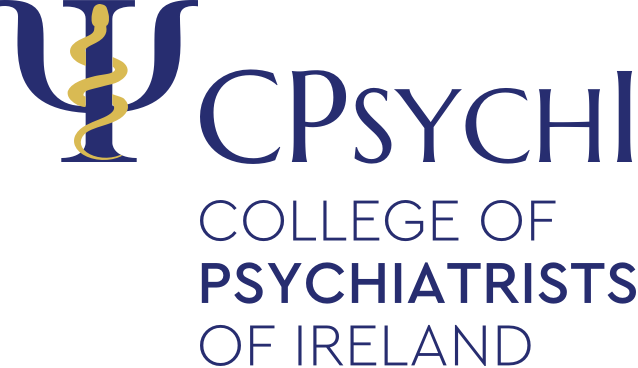Blog
The latest figures from the HRB show an increase in the number of under 18-year-olds admitted to psychiatric units and hospitals in Ireland, rising from 408 admissions in 2018 to 497 in 2019. Depression remains the most common diagnosis among children, followed by neuroses, eating disorders and schizophrenia.
The main diagnoses attributed to those admitted who were under the age of 18: 32% depressive disorder, 16% neuroses, 11% eating disorder, 10% schizophrenia.
The report was carried out and published by the Health Research Board today.
Below are some of the key findings relating specifically to psychiatric treatment of the under 18 cohort in 2019:
- Of the 497 children admitted to psychiatric units and hospitals in 2019, 443* were admitted to dedicated child and adolescent psychiatric units, an increase from 324 in 2018.
- The remaining 54 were admitted to adult psychiatric units and hospitals, a decrease from 84 in 2018.
- Seven-in-ten admissions under 18 years old were female.
- The most common diagnoses among young people were depressive disorders (157 admissions), neuroses (80), eating disorders (54) and schizophrenia (51).
- Females accounted for nine-in-ten admissions with an eating disorder.
- Males accounted for nine-in-ten admissions with other drug disorders**
According to Antoinette Daly, Research Officer at the HRB:
These latest figures are consistent with an overall increase in admissions among under 18s over the past decade. This increase could reflect an increase in the number of places, a real increase in admissions or a combination of both. It is good to see a decrease in admissions of under 18s to adult units, with a 67% reduction in the number of children being admitted to adult units, from 163 in 2010 to 54 in 2019.
Young females outnumber young males in most diagnostic categories, in particular for eating disorders, of which 96% of admissions were female.
Overall, there were 16,710 admissions to Irish psychiatric units and hospitals in 2019, a decrease from 17,000 in 2018.
- Males accounted for just over half of all admissions (51%).
- The median age of admissions was 43. However, the 20–24 age group had the highest overall rate of admissions (568 admissions per 100,000).
- Overall, admissions were more likely to be single, unemployed and diagnosed with a depressive disorder. Schizophrenia, mania and neuroses were second, third and fourth most common diagnoses, respectively.
- A total of 2,351 admissions in 2019 were involuntary, an increase from 2,225 admissions in 2018.
- A total of 297 admissions reported no fixed abode, a slight decrease from 306 in 2018.
- Admissions reporting no fixed abode were more likely to be single males with a diagnosis of schizophrenia or other drug disorders.
Commenting on these latest trends, Antoinette Daly says,
The figures published today indicate that, in general, people admitted to psychiatric units and hospitals in 2019 were more likely to be unemployed young adults with a depressive disorder. However, these data also spotlight the importance of monitoring trends in psychiatric care across different sociodemographic groups. Admissions reporting no fixed abode, for instance, were more likely to be 35-44-year-old males with a diagnosis of schizophrenia or other drug disorders.
According to Dr Mairead O Driscoll, Interim Chief Executive at the HRB,
By monitoring these figures and patterns of admissions and discharges in psychiatric care we can help understand people’s mental health needs better. That is why HRB data is so essential – it provides the evidence policy makers and service providers need to target care and initiatives where they are needed most.
Figures relating to discharges and deaths were reported as follows:
- There were 16,608 discharges from Irish psychiatric units and hospitals in 2019.
- There was a slight decrease in the number of deaths, from 137 in 2018 to 127 in 2019.
- Males accounted for almost two-thirds (61%) of all deaths.
- Eight-in-ten deaths were aged 65 years and over.
- Ninety-two per cent of all admissions in 2019 were discharged in 2019.
- The average length of stay for all discharges in 2019 was 64.2 days (median 15 days).
HRB Research Officer, Antoinette Daly says,
A positive trend identified by the HRB is that length of stay has been declining considerably over the past decade, from an average of 82.7 days in 2010 to 64.2 days in 2019. This reflects the movement away from traditional psychiatric hospitals where lengths of stay are much longer, to general hospital psychiatric units and hospitals.
* This includes independent/private child and adolescent units.
** Other drug disorders include Mental and behavioural disorders due to psychoactive substance use (excluding Mental and Behavioural disorders due to use of alcohol).

